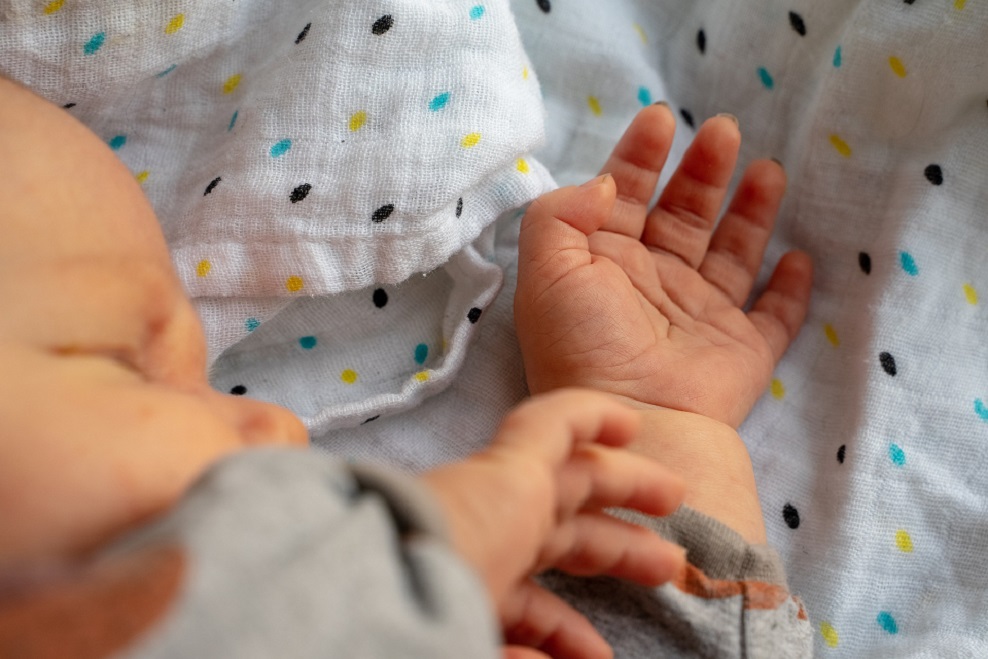Fertility rate in Wales drops to new record low

The total fertility rate across Wales and England dropped to a new record low last year, with Wales seeing the most dramatic decline – while the number of live births fell to the lowest in nearly five decades
Wales sees biggest drop
Higher rate of stillbirths in Wales
“Total fertility rates declined in 2023, a trend we have seen since 2010. Looking in more detail at fertility rates among women of different ages, the decline in fertility rates has been the most dramatic in the 20-24 and 25-29 age groups.”
In Wales, Newport had the highest fertility rate last year (1.63) and Cardiff had the lowest (1.16).
In England, Luton in Bedfordshire had the highest fertility rate in 2023 among local authorities in England (2.01), followed by Barking & Dagenham in London (2.00), Slough in Berkshire (1.93) and Pendle in Lancashire (1.90).
The City of London had the lowest rate (0.55), followed by Cambridge (0.91), Brighton & Hove in East Sussex (0.98) and Westminster in London (1.00).
A total of 12 of the 25 local authorities with the lowest rates in 2023 were in London.
Reaction
Prof Bassel H Al Wattar, associate professor of reproductive medicine at Anglia Ruskin University, described the downward trend in fertility and birth rates as “worrying yet persistent”, which he said might be explained by the cost-of-living crisis, as well as a reduction in available NHS funding for fertility treatments such as IVF.
In July, a report by the Human Fertilisation and Embryology Authority (HFEA) found fertility treatment numbers in 2022 increased on pre-pandemic levels but that the proportion of IVF cycles funded by the NHS in the UK fell fallen to the lowest level since 2008.
Professor Melinda Mills, professor of demography and population health at the University of Oxford, said: “People are actively postponing or forgoing children due to issues related to difficulties in finding a partner, housing, economic uncertainty, remaining longer in education and particularly women entering and staying in the labour force.
“Some individuals also actively make the choice to remain childfree.
“However, there is evidence that postponing having children to later ages when the partners are less able to conceive results in increases in involuntarily childlessness as well.”
Support our Nation today
For the price of a cup of coffee a month you can help us create an independent, not-for-profit, national news service for the people of Wales, by the people of Wales.





Fertility rates in most of the western world drop to new low. We need some more populist policies to encourage fertility – see Hungary’s pro-family policies as but one example. South Korea is another.
If men did their fair share of births, then we could be back up to replacement level at least.
Dim angen yr holl dai yn y Cynlluniau Gwladychu Lleol felly yn nac oes?
Maybe we should encourage people to settle in Wales rather than complaining about incomers!
What are you on about? Huge numbers of retiring English people settled into Eastern Wales in the last 40 years alone. Are you living under a rock or just trolling??
I feel like some people in the Valleys are becoming completely cut off to the rest of Wales.
Do you have a problem with that, we live in one country and I could settle in Scotland if I wished.?